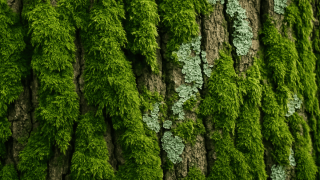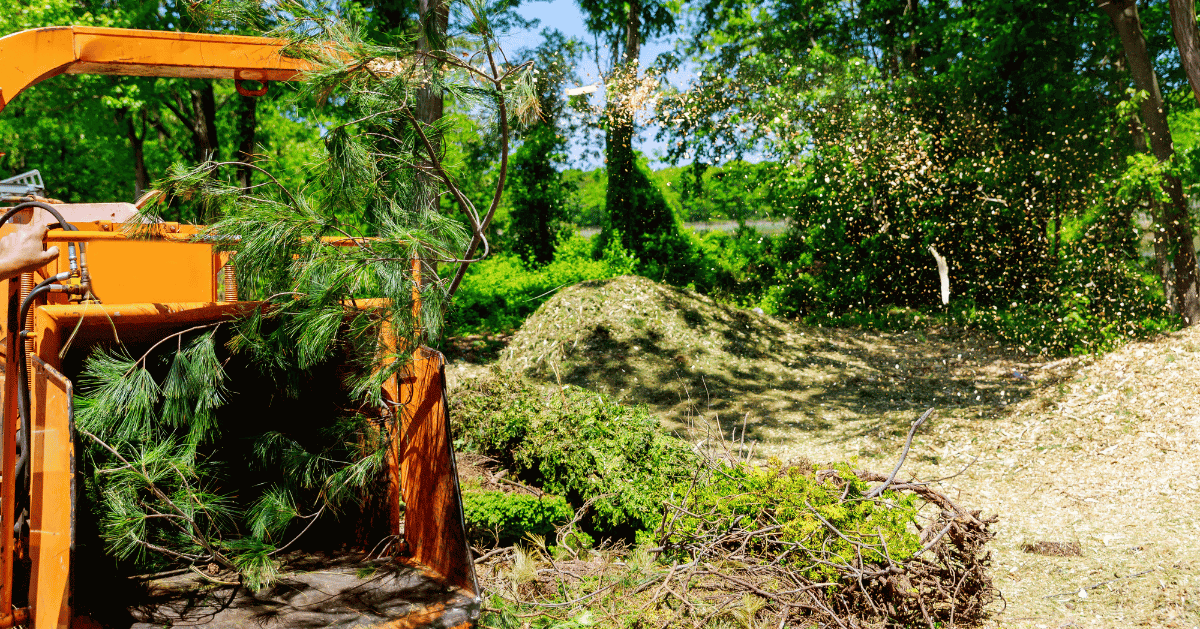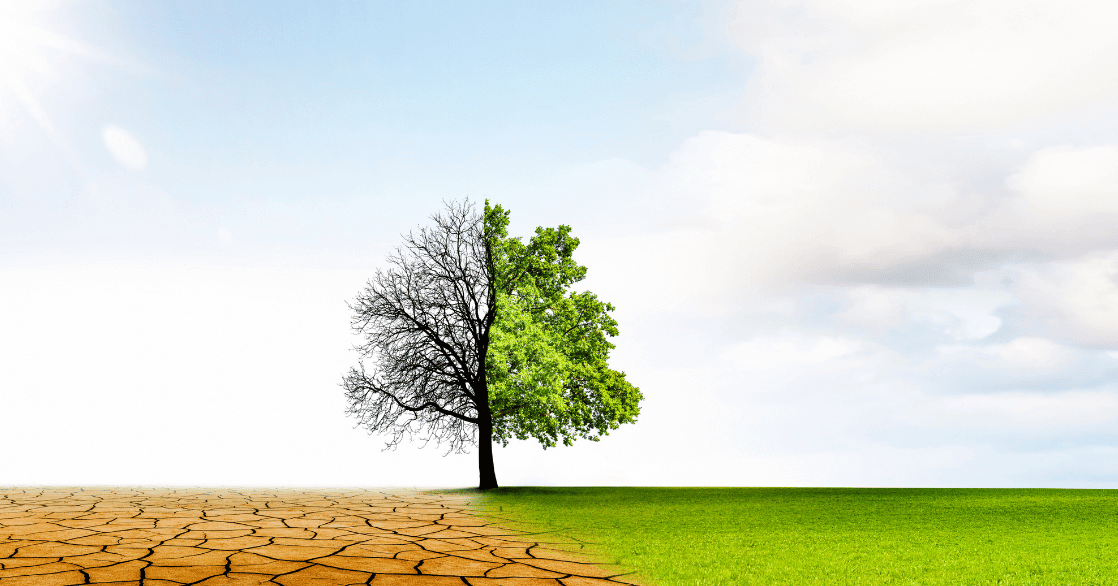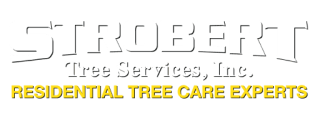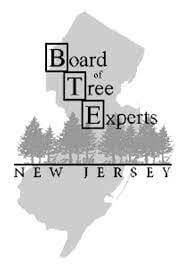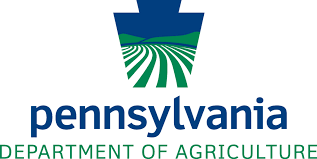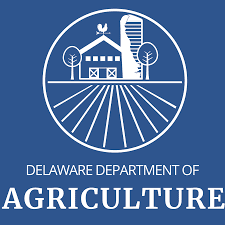If you’ve noticed green stuff on tree bark, you’re not alone. Many homeowners spot it and wonder if it’s a problem. That green growth can look like a powdery film, soft fuzz, or flaky crust. Most of the time, it’s not a reason to panic—but it does help to understand what it is.
Biology and Characteristics of Lichens, Mosses, and Algae
The green stuff on tree bark is usually lichen, moss, or algae. These are all non-parasitic organisms. That means they don’t take nutrients from the tree like a fungus or insect would. Still, they tell us something about the tree and the environment around it.
Lichens are a mix of fungi and algae living together. They come in many colors—green, gray, yellow, or blue-green. Lichens can appear as flat patches, crusty layers, or leafy tufts.
Moss is a tiny plant that loves damp, shady areas. It usually feels soft and looks like a thick green mat or fuzz. It grows well in moist climates or on trees with lots of shade and humidity.
Algae are simple plants. They can look slimy or dry. You might notice green film or stains running along the bark, especially after wet weather.
All three are common and natural. They don’t usually mean the tree is sick—but they can sometimes be a sign that something else is going on.
Identification of Green Growth on Tree Bark
So, how can you tell what type of green stuff is growing on your tree?
- If it looks crusty or flaky and has odd shapes or colors, it’s probably lichen.
- If it looks fuzzy, soft, or sponge-like, it’s moss.
- If it looks like a green smear or stain, it’s algae.
A certified arborist can identify what you're seeing and inspect the tree’s health. At Strobert Tree Services, we help homeowners figure out what’s normal and what needs attention.
Impact on Tree Health
Here’s the good news: lichens, mosses, and algae do not harm trees directly. They don't invade the bark or take nutrients from the tree.
However, they can sometimes signal deeper issues.
Moss and algae often grow on trees that are in low light or have poor air circulation. If a tree is declining or already stressed—due to root damage, soil issues, or age—green growth may show up more quickly.
Thick moss on branches can sometimes hold moisture. Over time, this could lead to decay in bark or small branches. Lichens are harmless, but if your tree is covered in them and looking weak, it’s worth checking for underlying problems.
We always recommend a tree health check if you notice changes like:
- Bark peeling or cracking
- Branches dying back
- Heavy moss buildup
- Green growth on only one side of the tree
Management and Removal Methods
You don’t always need to remove the green stuff. In some cases, it’s best to leave it alone, especially if the tree is healthy.
If moss or algae are getting out of control, though, there are safe ways to manage them:
- Prune branches to let in more sunlight and improve airflow. This dries the bark and helps slow moss or algae growth.
- Avoid overwatering nearby plants or turf. Too much moisture near the base of a tree encourages moss and algae.
- Gently scrub with a soft brush to remove buildup on small branches. Don’t use harsh chemicals or pressure washers—they can damage the bark.
- Use copper-based sprays, but only when recommended by a certified arborist. These sprays help manage algae and moss on fruit trees or ornamental trees.
Never scrape or cut away growth harshly. It can injure the tree and open it up to pests or disease.
If you’re unsure what to do, we can help. At Strobert Tree Services, our certified arborists will inspect your tree and recommend safe, effective steps.
Ecological and Aesthetic Considerations
When choosing trees and plants, it’s important to think about both the environment and how they look. Native species support local wildlife and help fight habitat loss, while also adapting better to changes from climate change and pollution. Trees with green growths, like moss or lichen, may add a mature look and provide shelter for insects and birds. In natural landscapes, these features bring year-round beauty, offering winter interest and creating rich tapestries of color and texture.
Selecting the right trees can boost both your yard’s appeal and its role in protecting the ecosystem.
It’s all about balance. Our goal is to help your trees stay strong, safe, and beautiful.
Contact Strobert Tree Services
If you're concerned about the green stuff on your tree bark, we’re here to help.
At Strobert Tree Services, we offer:
- Expert tree health assessments
- Safe pruning and thinning
- Careful removal of moss, lichen, or algae
- Full tree removal when needed
- Ongoing plant health care programs
We serve Delaware, Pennsylvania, and New Jersey with professional, certified arborists who care about your landscape as much as you do.
Call 1-800-TREE-SERVICE to schedule your free consultation today.
We’ll take a close look at your trees and give you honest, practical advice. Whether you’re dealing with green stuff on tree bark or anything else in your yard, Strobert Tree Services has the experience to get the job done right.


